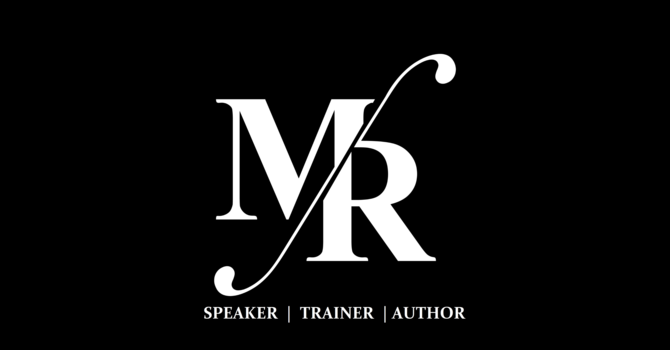Today we explored the power of collaboration and how it seamlessly leads us into the concept of teamwork. Together, these elements are crucial for cultivating a robust work culture where teams can achieve their objectives effectively.
Collaborative teamwork in the workplace is a dynamic and multifaceted approach to achieving organizational goals. It integrates the diverse strengths, perspectives, and expertise of various team members to enhance productivity, innovation, and job satisfaction. Understanding and effectively implementing collaborative teamwork can be a transformative strategy for any business aiming to navigate the complexities of today’s competitive environment.
"Alone we can do so little; together we can do so much." – Helen Keller
What is Collaborative Teamwork?
Collaborative teamwork occurs when a group of individuals with varying skills and roles come together to work towards a common objective. Unlike traditional teamwork, which may simply involve dividing tasks within a group, collaborative teamwork emphasizes a higher level of interaction and integration of diverse ideas and approaches. It involves intentional coordination and a strategic blend of individual contributions to optimize results.
The Key Components of Collaborative Teamwork
Several elements are critical to fostering effective collaborative teamwork:
* Diversity of Skills and Backgrounds: A successful team draws on the varied skills, experiences, and perspectives of its members. This diversity fuels creative solutions and innovative ideas, which are crucial for tackling complex problems.
* Open Communication: Effective collaboration is rooted in transparent and open communication channels where every member feels valued and heard. This ensures that ideas flow freely, enhancing collective problem-solving and decision-making.
* Shared Goals and Vision: Alignment on objectives and a shared vision for outcomes are essential. When every member is clear on the end goals, efforts can be directed uniformly, and resources can be allocated more efficiently.
* Mutual Respect and Trust: Trust is the cornerstone of any collaborative effort. Team members must respect each other’s expertise and contributions and trust one another to fulfill their roles.
* Adaptive Leadership: Collaborative teams often benefit from flexible leadership—leaders who can adapt their style to the team’s needs and foster an environment where leadership responsibilities are shared according to the task at hand.
Benefits of Collaborative Teamwork
The advantages of implementing collaborative teamwork in the workplace are manifold:
* Enhanced Problem Solving: By pooling the diverse skills and experiences of various team members, collaborative teams can approach problems from multiple angles, leading to more innovative and effective solutions.
* Increased Efficiency and Productivity: Collaboration can streamline workflows and reduce redundancies by aligning team efforts and resources towards common goals.
* Improved Employee Satisfaction and Retention: Teams that collaborate well report higher job satisfaction as members feel more engaged and valued. This can lead to lower turnover rates and higher employee loyalty.
* Faster Learning and Skill Development: Collaborative environments are ripe for continuous learning and development. Team members can learn from each other’s expertise, leading to overall skill enhancement across the board.
* Greater Flexibility and Scalability: Collaborative teams can adapt more easily to changes and scale their efforts up or down as needed, providing a competitive edge in rapidly changing markets.
Implementing Collaborative Teamwork
To effectively implement collaborative teamwork, organizations should consider the following strategies:
* Cultivate a Collaborative Culture: Embed collaboration into the company’s values. Encourage practices that promote sharing, openness, and mutual support.
* Provide the Right Tools and Spaces: Equip teams with the tools and technologies that facilitate collaboration, such as project management software and communication platforms. Design workspaces that encourage spontaneous interactions and comfortable group work.
* Train and Support Teams: Offer training that helps employees develop the skills necessary for effective collaboration, such as conflict resolution, communication, and critical thinking.
* Recognize and Reward Collaboration: Reinforce collaborative behaviors by recognizing and rewarding teams that demonstrate exemplary teamwork. This not only motivates teams but also sets a benchmark for others.
* Regular Feedback and Adjustments: Implement a system for regular feedback from team members about the collaboration process. Use this input to make necessary adjustments and improvements.
"Teamwork is the ability to work together toward a common vision… It is the fuel that allows common people to attain uncommon results." - Andrew Carnegie
In conclusion, collaborative teamwork in the workplace is not just about bringing people together; it’s about strategically combining their strengths to achieve superior results. As organizations continue to face new challenges and complex market dynamics, the ability to collaborate effectively will distinguish successful teams from the rest. By investing in the right culture, tools, and training, businesses can unlock the full potential of their teams and pave the way for innovation and sustained success.
Matthew Renz | With a three-decade background in sales and leadership at UnitedHealthcare, Matthew brings a passion and energy for personal and professional growth and leadership development. He is a speaker, trainer, and author who packs everything he touches with thought-provoking ideas meant to grow and build relationships. Reach him by email: matthew@matthew-renz.com.

Matthew Renz
Contact Me
